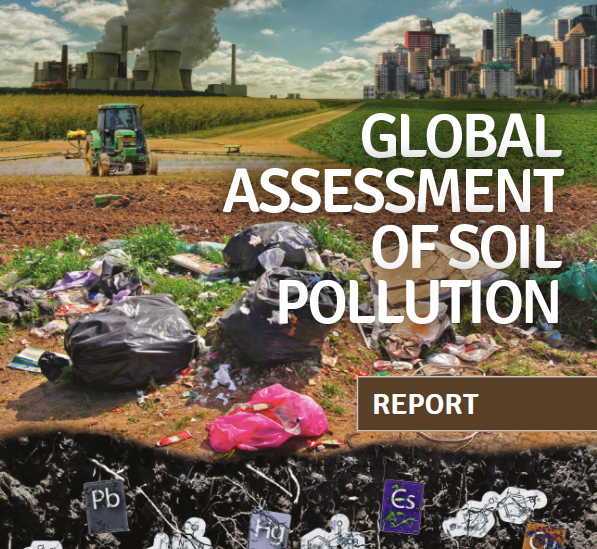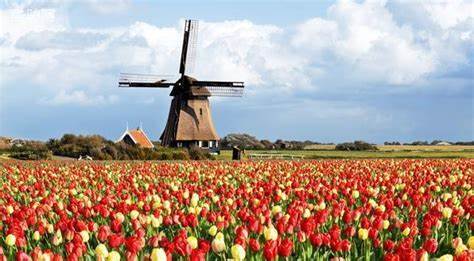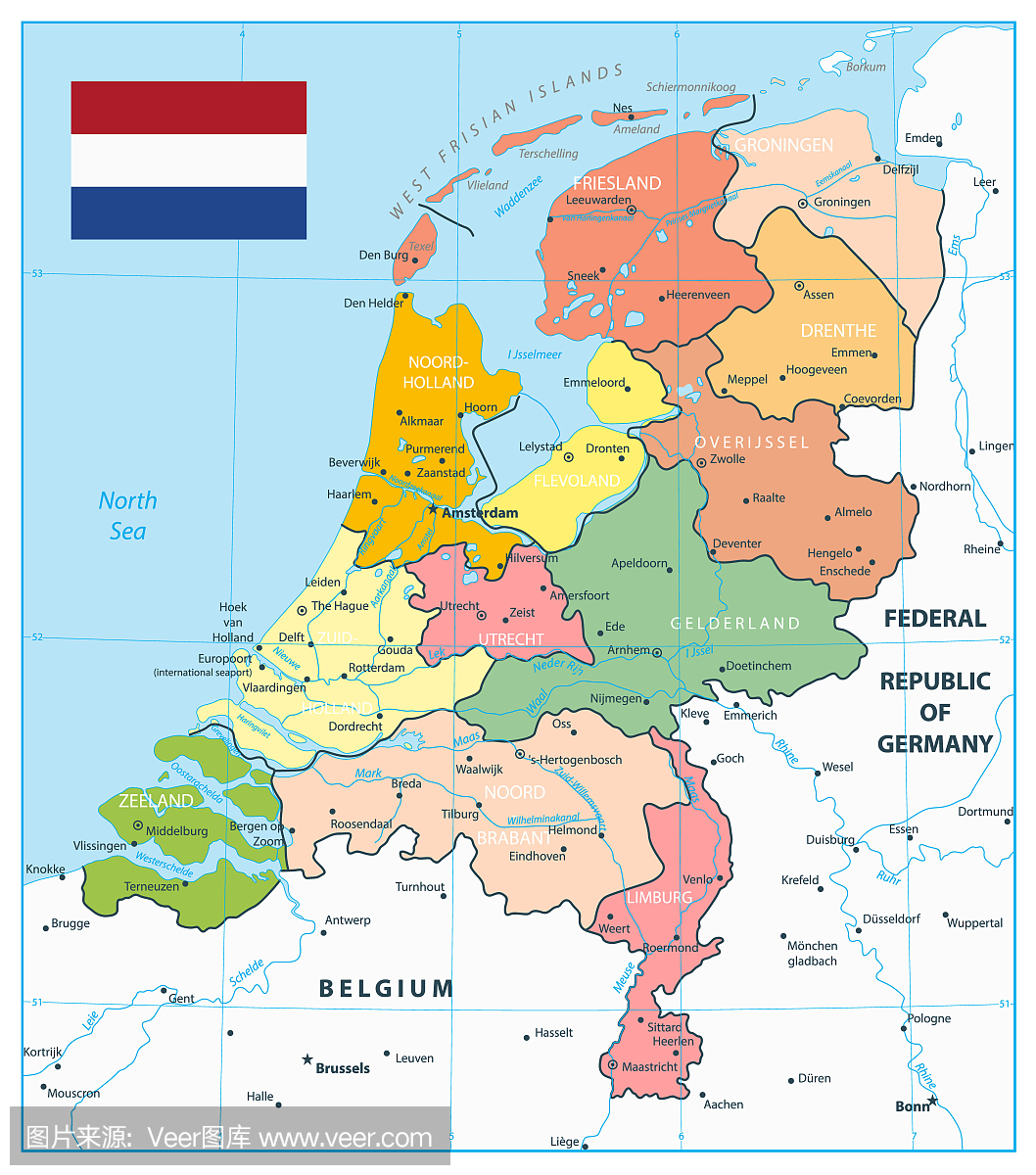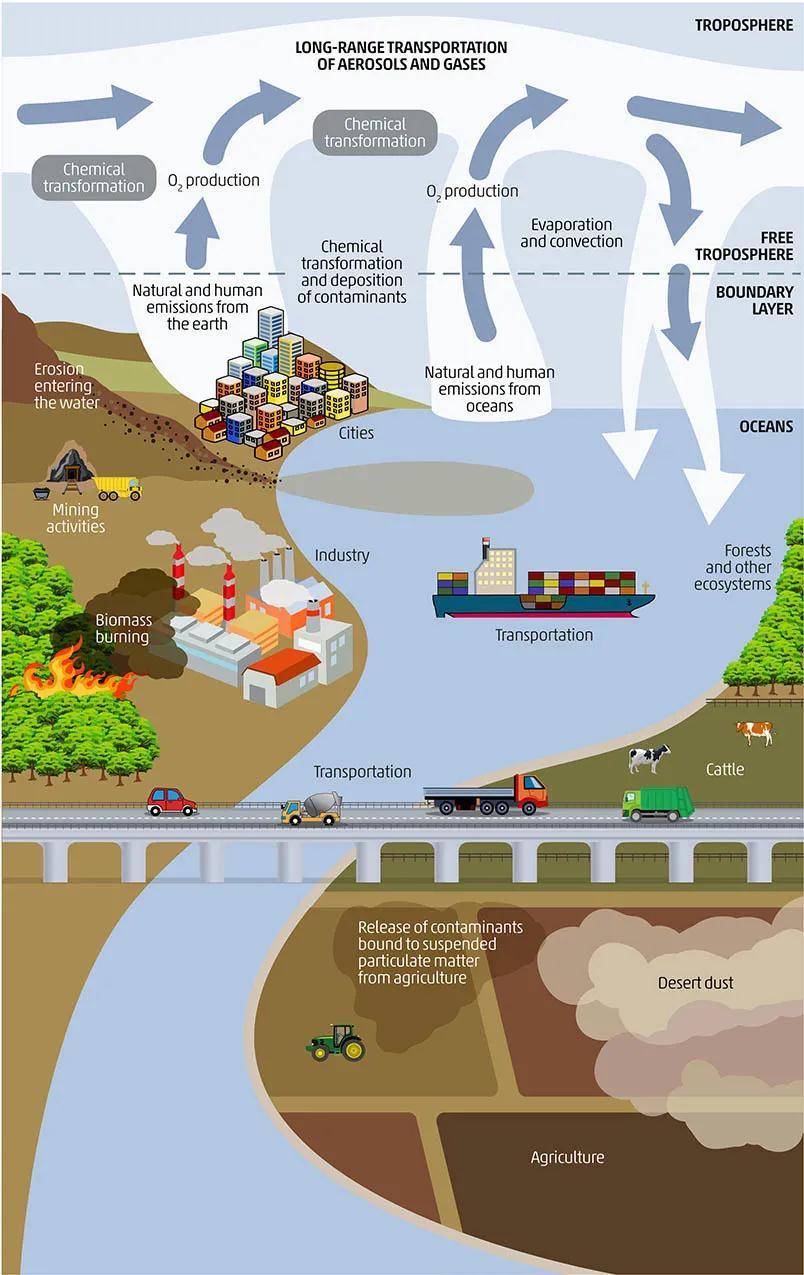
Soil pollution management in the Netherlands has three characteristics.
Although the natural environment, population and development conditions of the Netherlands are very different from those of China, through the development transformation and ecological modernization road of the Netherlands from the 1950s and 1960s to the 1980s and 1990s, its development concept, development mode and policy means have provided important inspiration for China's green development and ecological civilization construction. The status quo of China's ecological environment and development also provide important inspiration for the green development and ecological civilization construction of the Netherlands.


Feature 1: early prevention, early treatment. The Netherlands, known as the Land of Tulips, is one of the first countries in the European Union to legislate on soil protection, drafting the Soil Protection Act in 1970. Over the past 50 years, the Dutch government has developed soil environmental management regulations and standards, which have been basically sound. It is 40 years ahead of the soil pollution management in China.
Feature two: prevention first, taking into account governance. The government has set "soil remediation" target values and intervention values.These two indicators divide two red lines in the land of the Netherlands. These two red lines divide three types of land with different qualities. They are: "healthy land", "sub-healthy land", "sick land". The target value indicates that the soil below or at this level has all the functional characteristics required for human, plant and animal life and that the soil quality is sustainable. It can be understood as land in a "healthy" state.The land above the target value and below the intervention value can be understood as the land in "sub-health". At this level, some functions of the soil may have been impaired, but not yet a threat to living organisms. Intervention values indicate soil above this level, which can be understood as land in a "sick" state. The functional features necessary for human, plant and animal life have been seriously damaged or threatened and must be subject to forced intervention. For the land already in use, two intervention values should be monitored to strengthen the prevention of soil environmental pollution. At the same time, taking into account the problem of land development, the abnormal behavior of soil pollution can be found in time, and the soil pollution behavior can be cut off from the root.
Feature 3: Sustainable management 90% of all contaminated soils in the Netherlands are sustainably managed. Establish a soil use history file, carry out soil pollution investigation according to land use history, establish a list of contaminated sites, establish a database, conduct risk assessment, and gradually carry out soil treatment according to the level of risk of soil contaminated sites and the needs of land use.